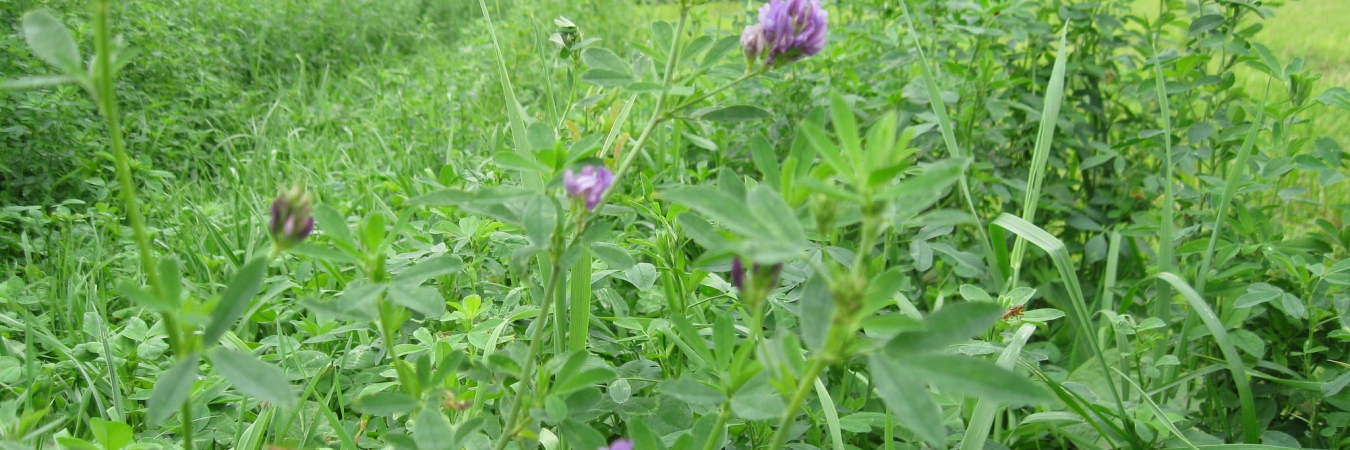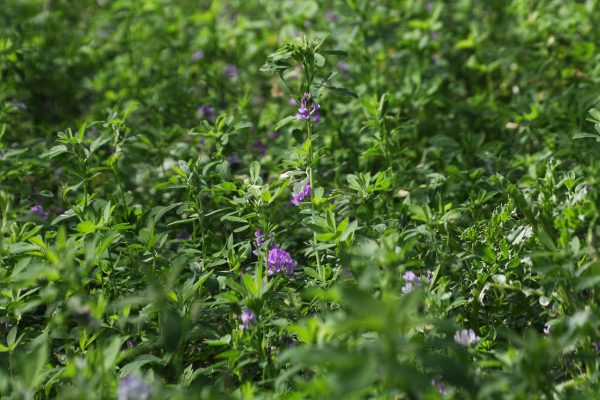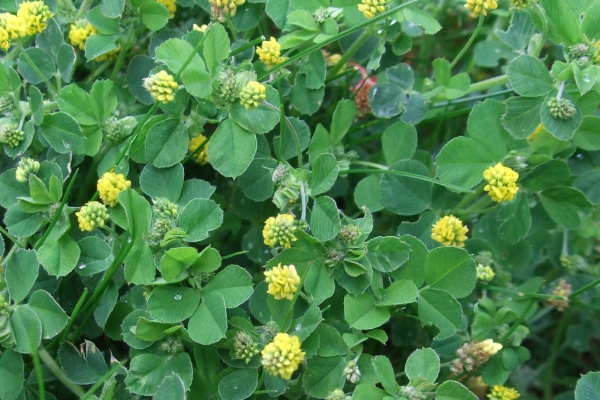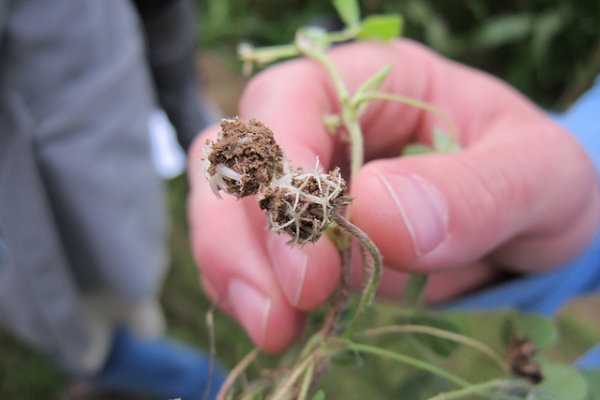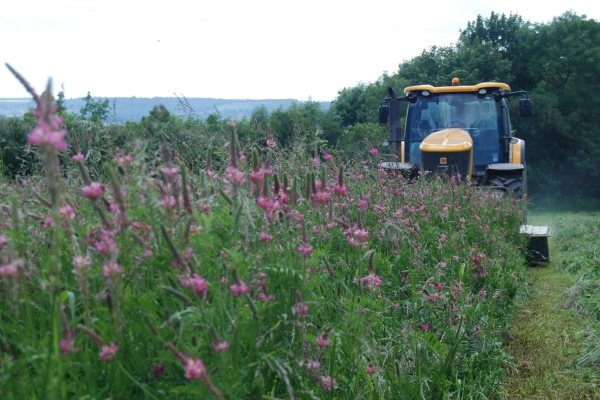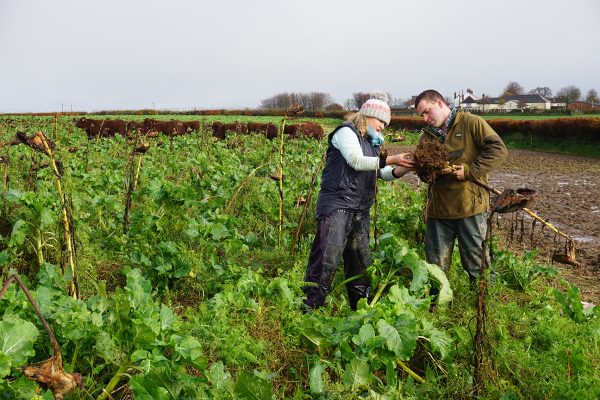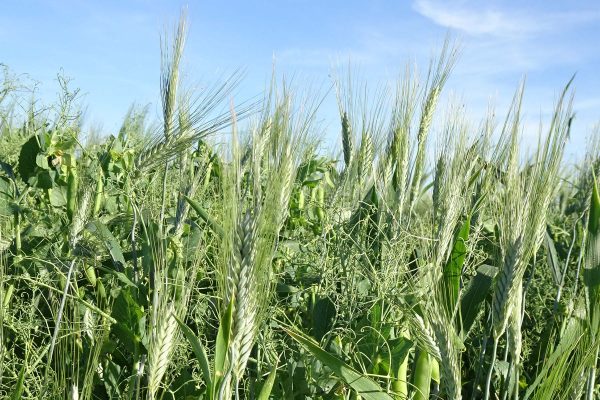Lucerne – an alternative forage crop
Resource explained
Lucerne (alfalfa) is a leafy legume that can be used for fertility building and as a forage crop. It has a high drought tolerance and also good resistance to lodging in heavy rain, making it an attractive proposition in the context of increasingly erratic weather patterns. This factsheet, prepared by the Grassland Development Centre on behalf of Organic Centre Wales, presents the pros and cons of using it as a forage crop, information you may need to know on growing the crop such as soil requirements, seeds and varieties, ways of establishing it and pest, disease and weed management, and information in relation to cutting, ensiling and grazing.
Findings & recommendations
- Lucerne is usually grown for silage as a pure stand or mixed with grass, but can also be grazed or undersown to spring cereals.
- Lucerne can be weakened by too frequent defoliation, and trampling by stock causes excessive wastage and may damage the crown (growing point) of the plant directly or indirectly by inducing crown rot.
- Lucerne can be a high quality forage crop, it fixes nitrogen at rates comparable to red clover, persists for up to 4 years, is well adapted to organic systems because of it has a low demand for nitrogen and is competitive against weeds once established. It is resistant to sclerotinia, and can be used as a break from red clover. However, as a forage crop, lucerne:
- Does not perform well on shallow, heavy or acid soils and there is a risk of bloat when grazed by stock.
- Although it has a higher protein compared to red clover, polyphenol oxidase, an enzyme that enables animals to use the protein more efficiently, is absent (unlike in red clover).
- The leaves of lucerne have coumestans which, at high levels, can affect fertility in stock. Levels and therefore the risk to livestock increases when the plant is stressed i.e. from pest or disease or severe moisture stress.
Summary provided by:
Janie CaldbeckRelated articles
Best practice advice on growing and feeding high protein lucerne (alfalfa) for cattle and sheep.
Two lesser-used legume species with properties that you can make use of in fodder, green manure or hay crops, as highlighted in Legume LINK.
A podcast focusing on the role of nitrogen-fixing soil bacteria rhizobia in improving legume crop yields and specific research into lucerne.
This abstract looks at how lucerne, sainfoin and chicory could be incorporated into your grazing leys and potentially supply high quality, drought tolerant feed for...
The final report of an Innovative Farmers field lab in South West England (supported by FWAG) on diverse forage crops, which was formed due to...
Christine Watson asks what we can do to produce more grain legumes in the UK, and why there is a difference in yield between those...
